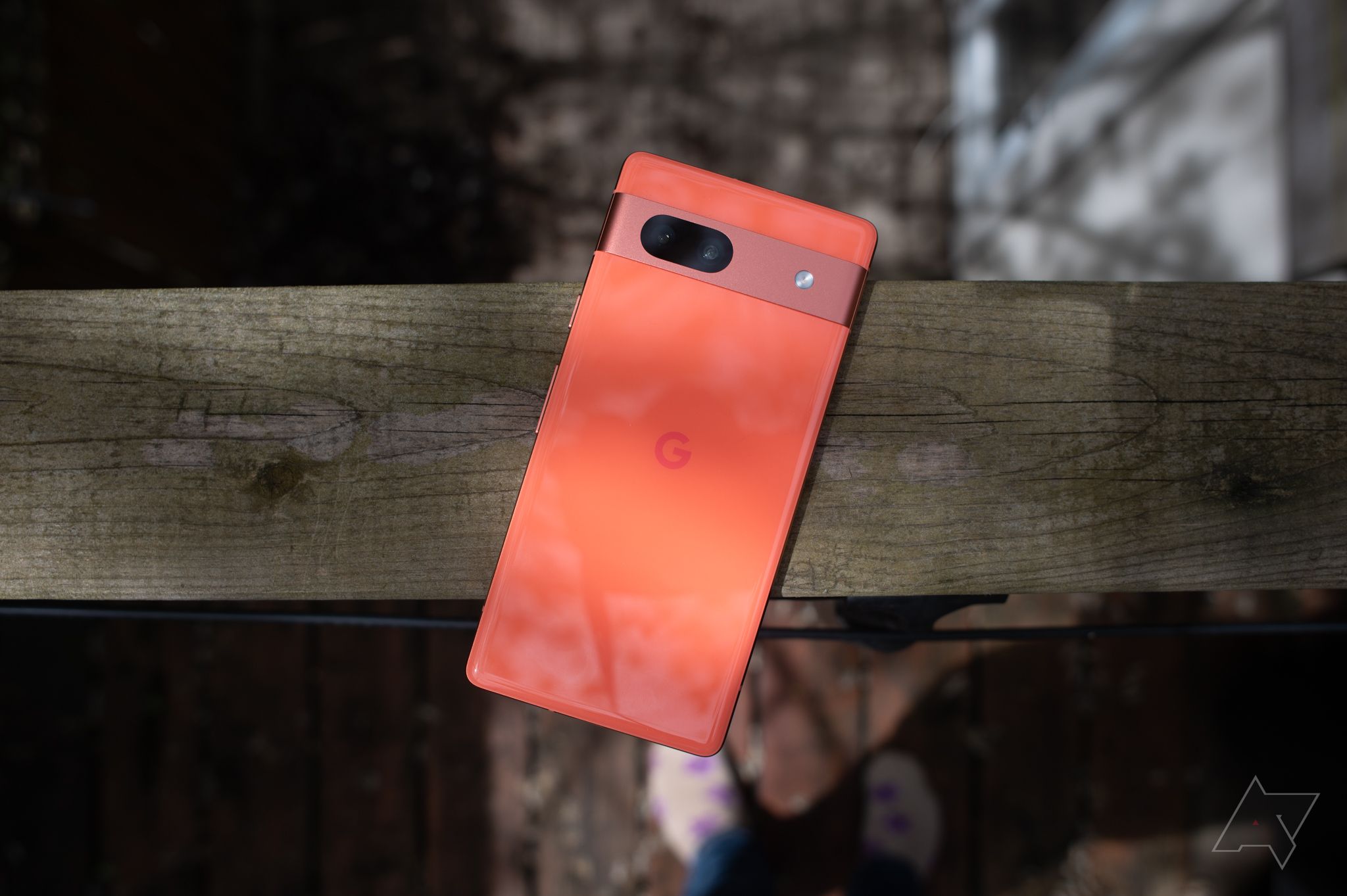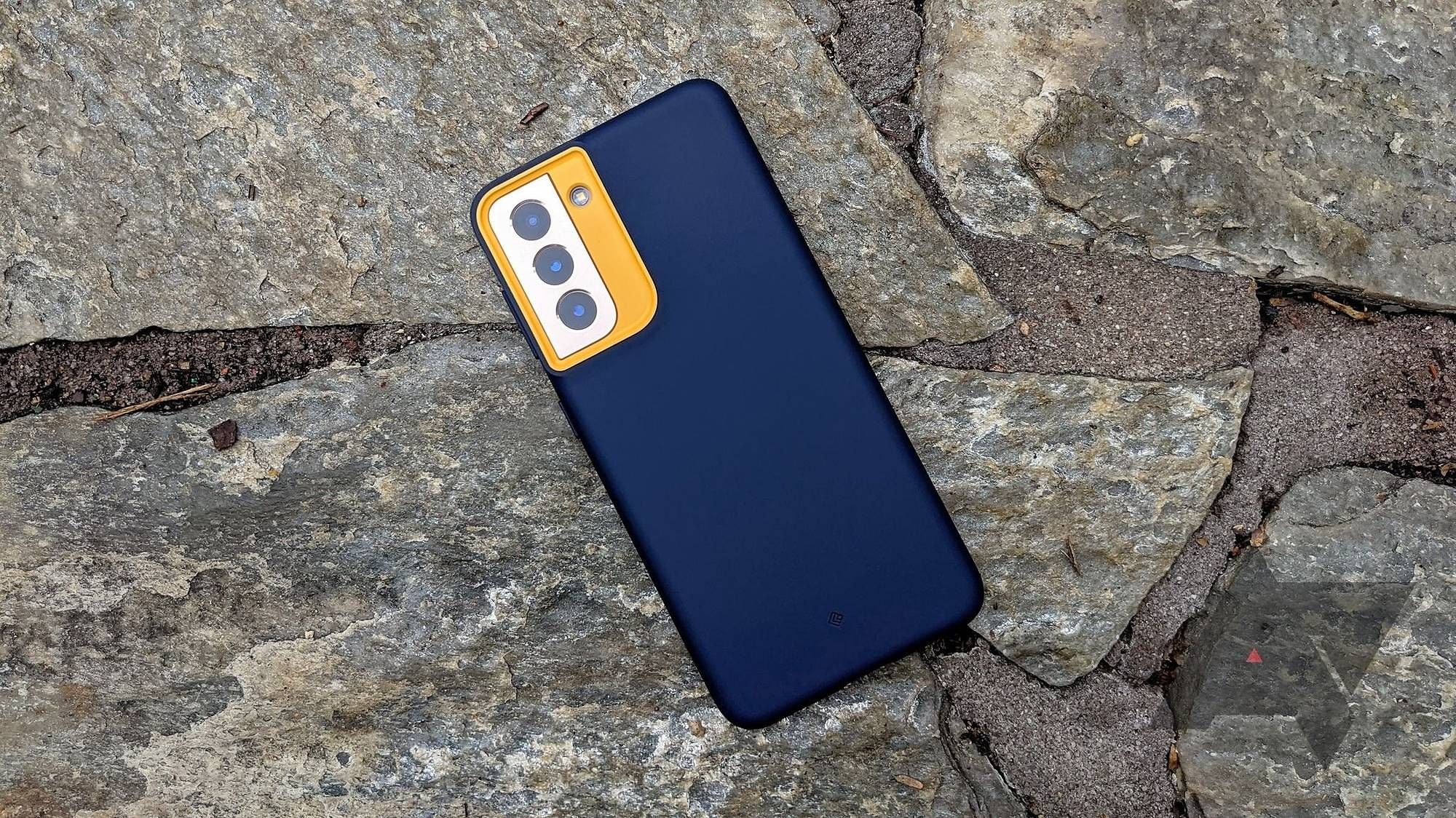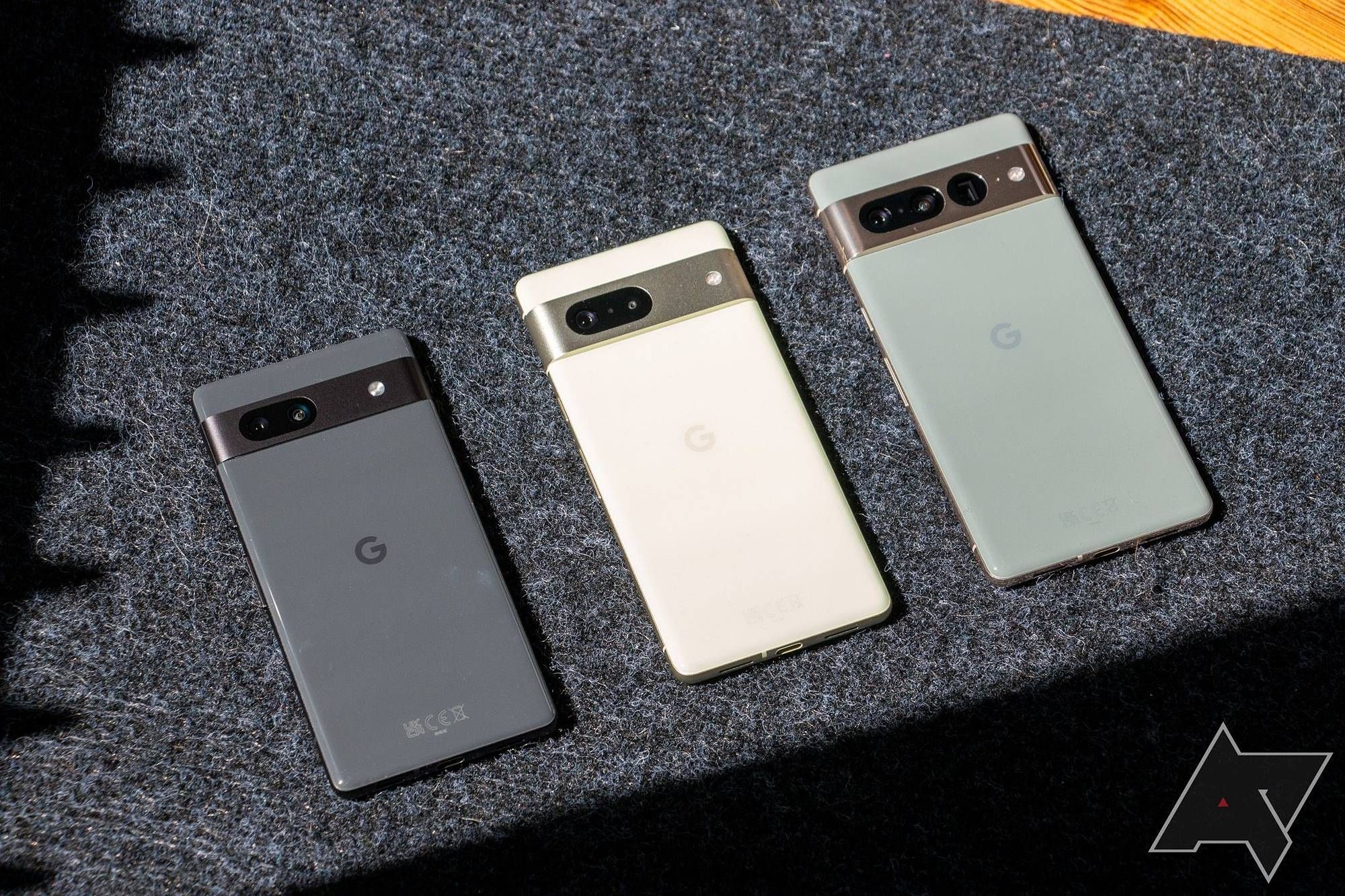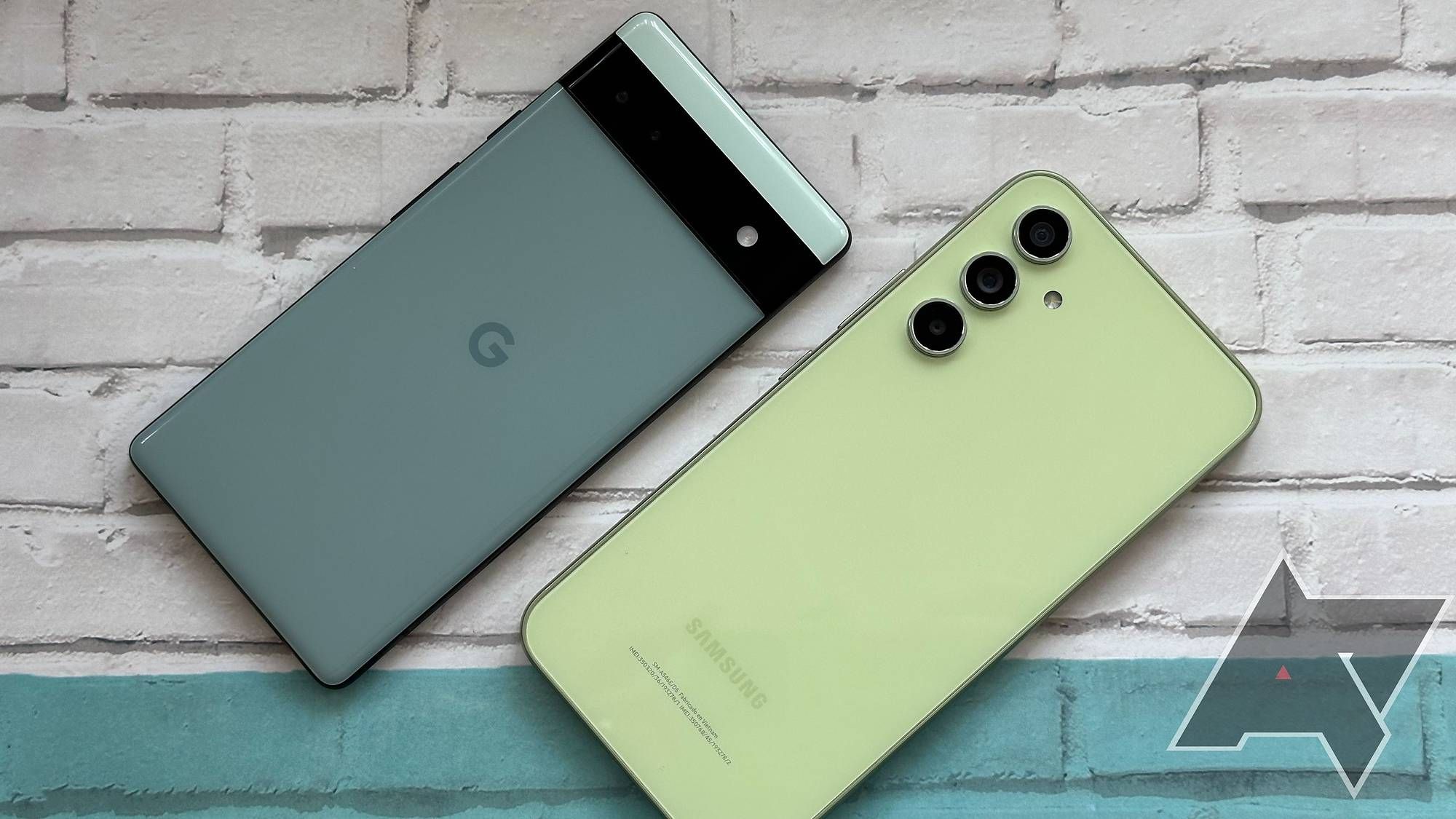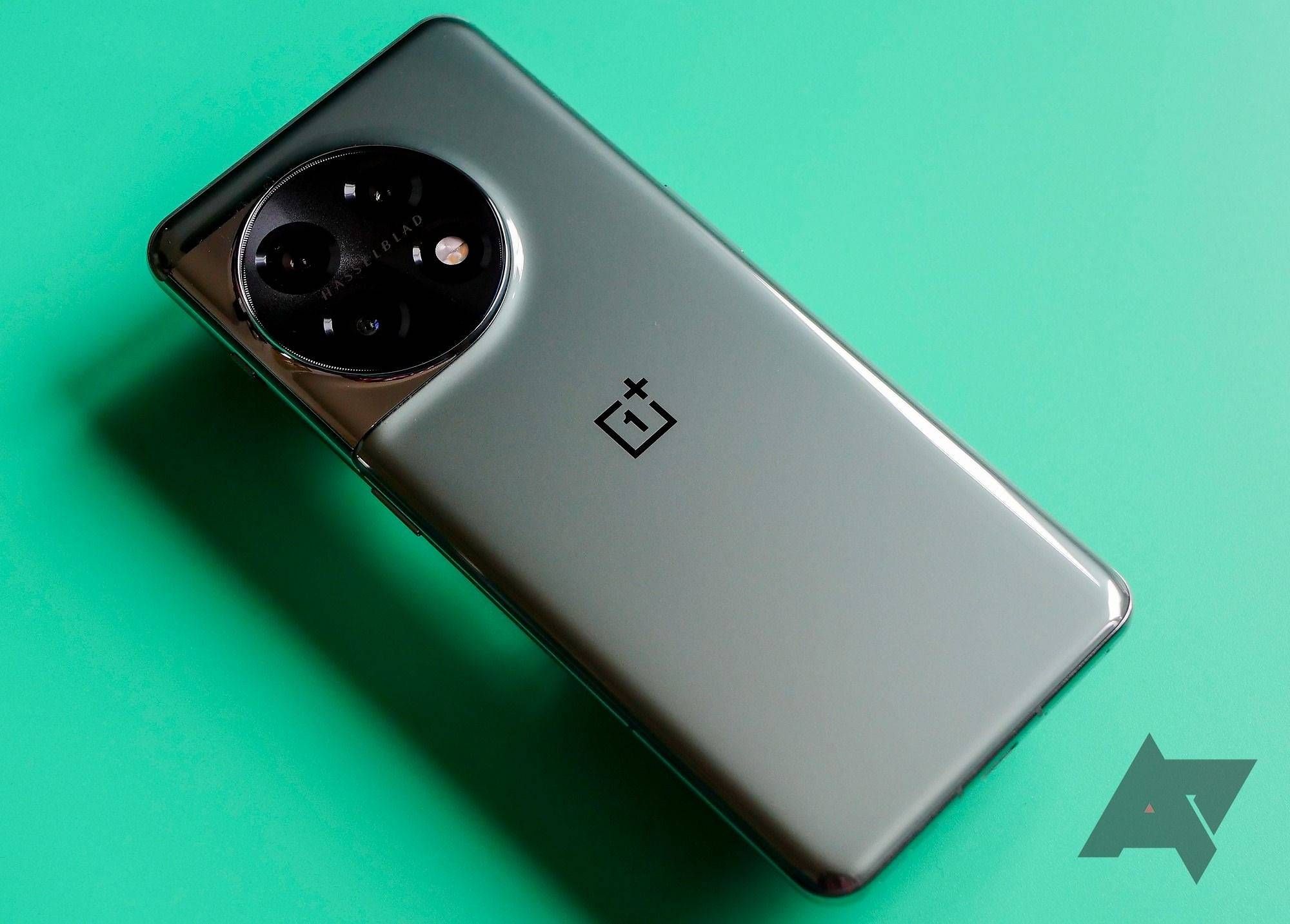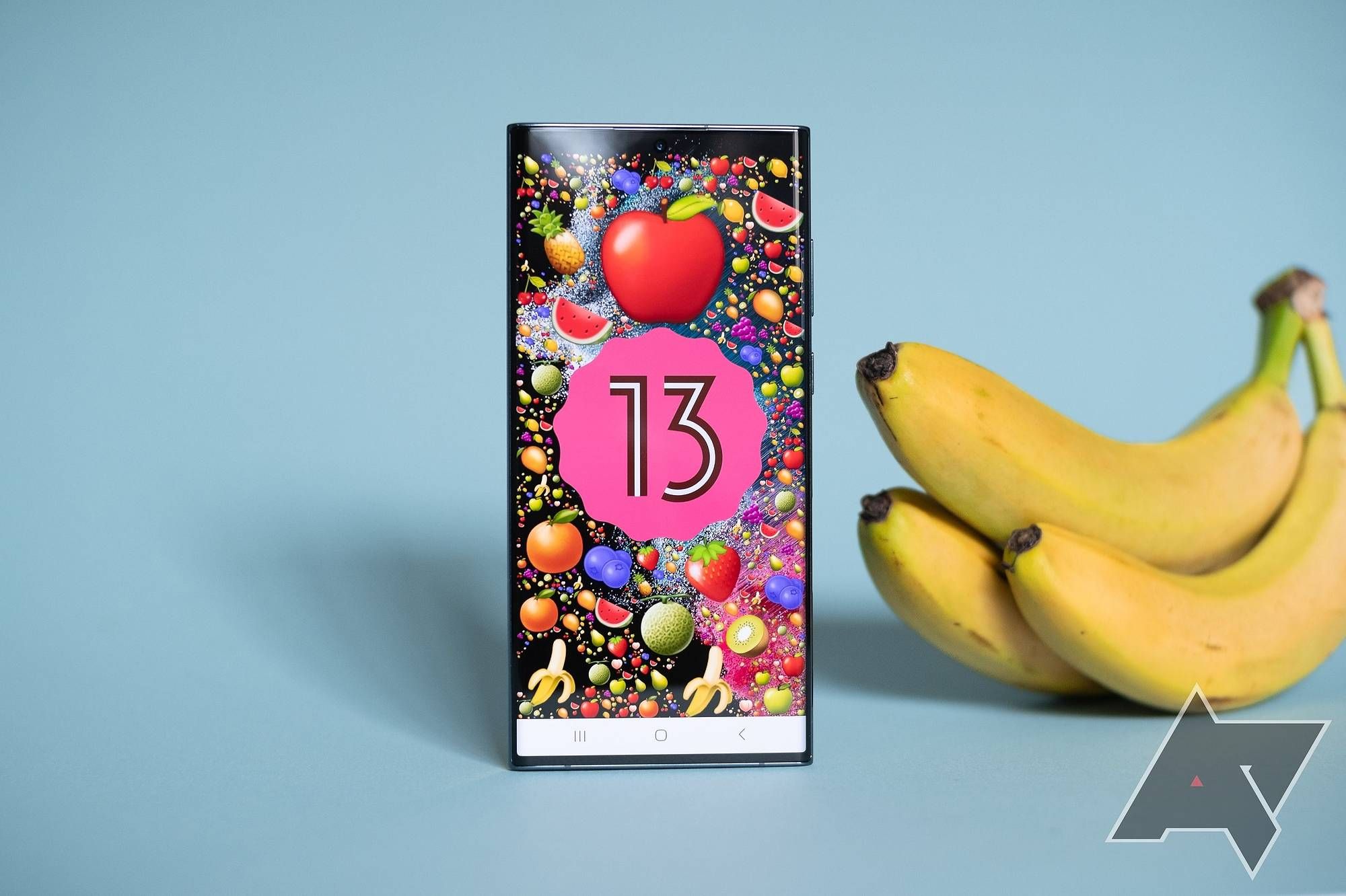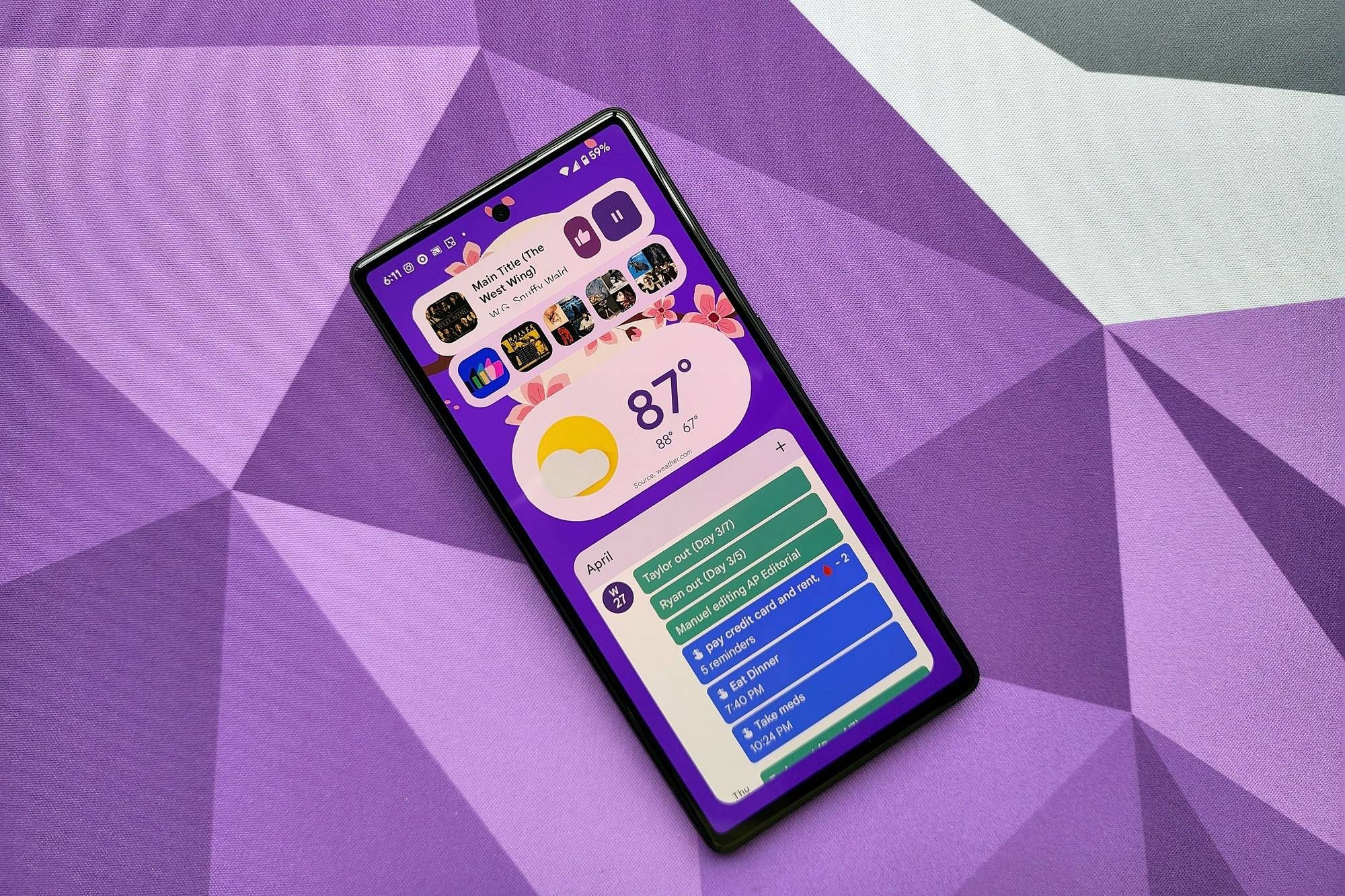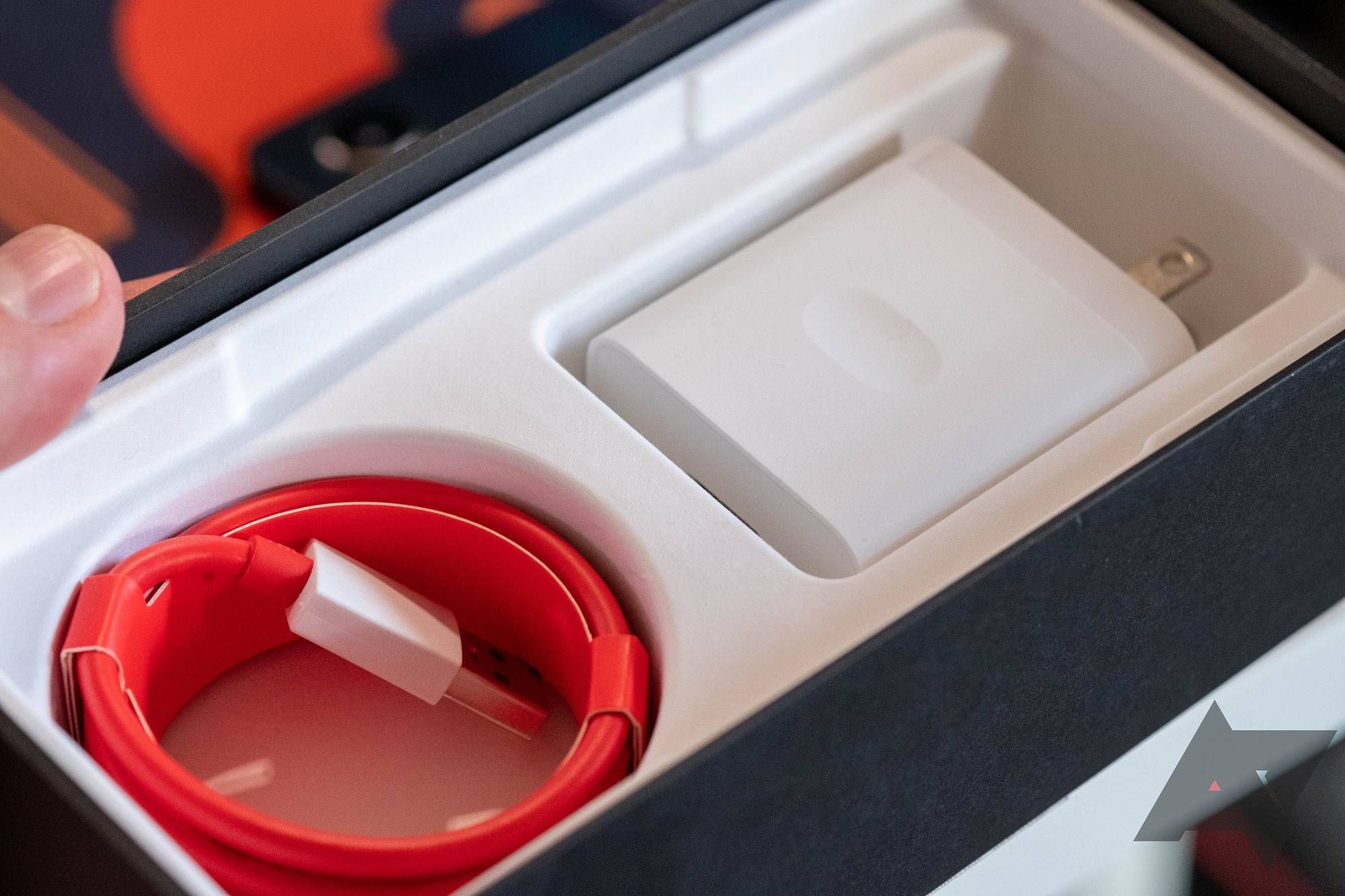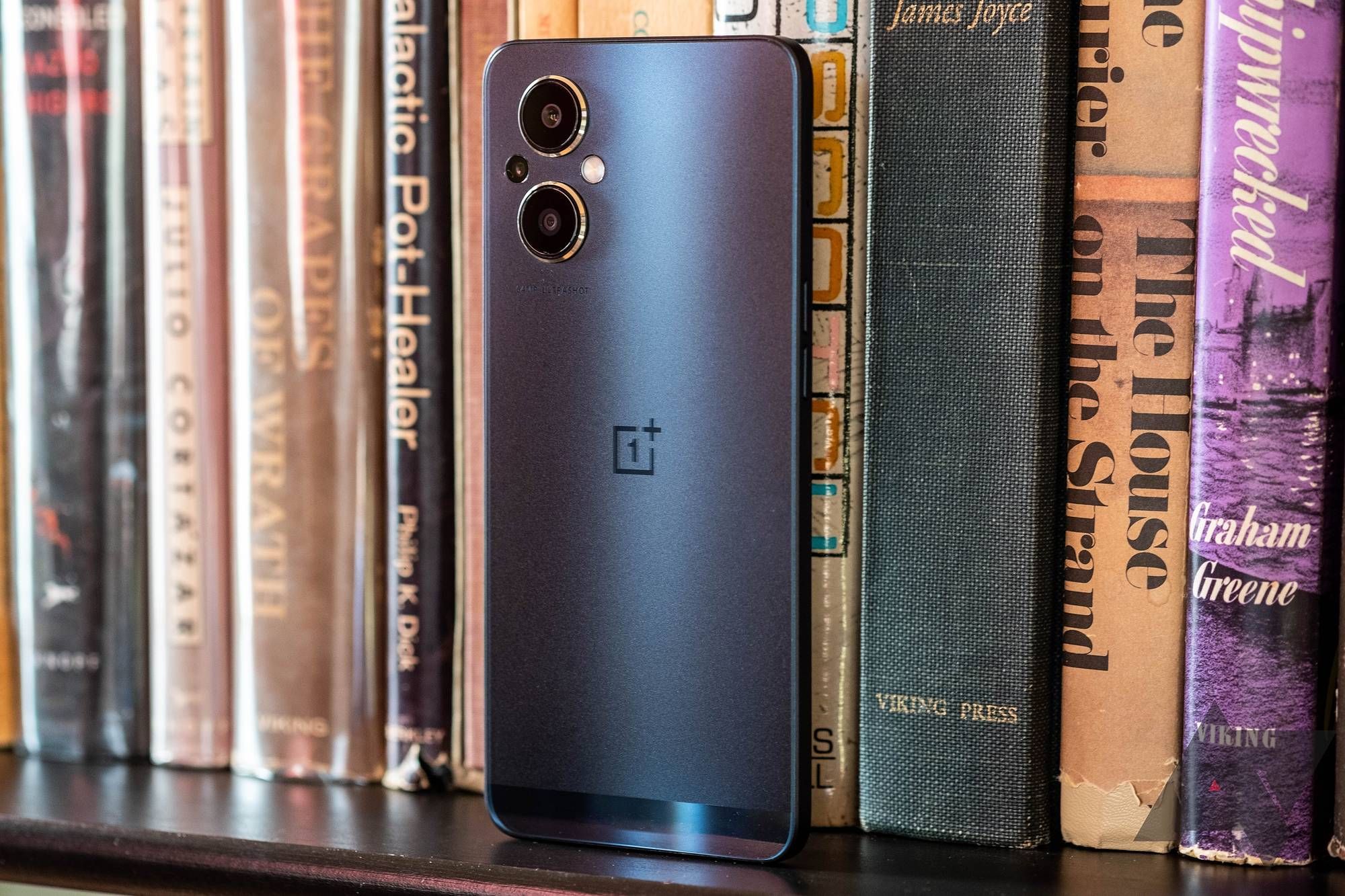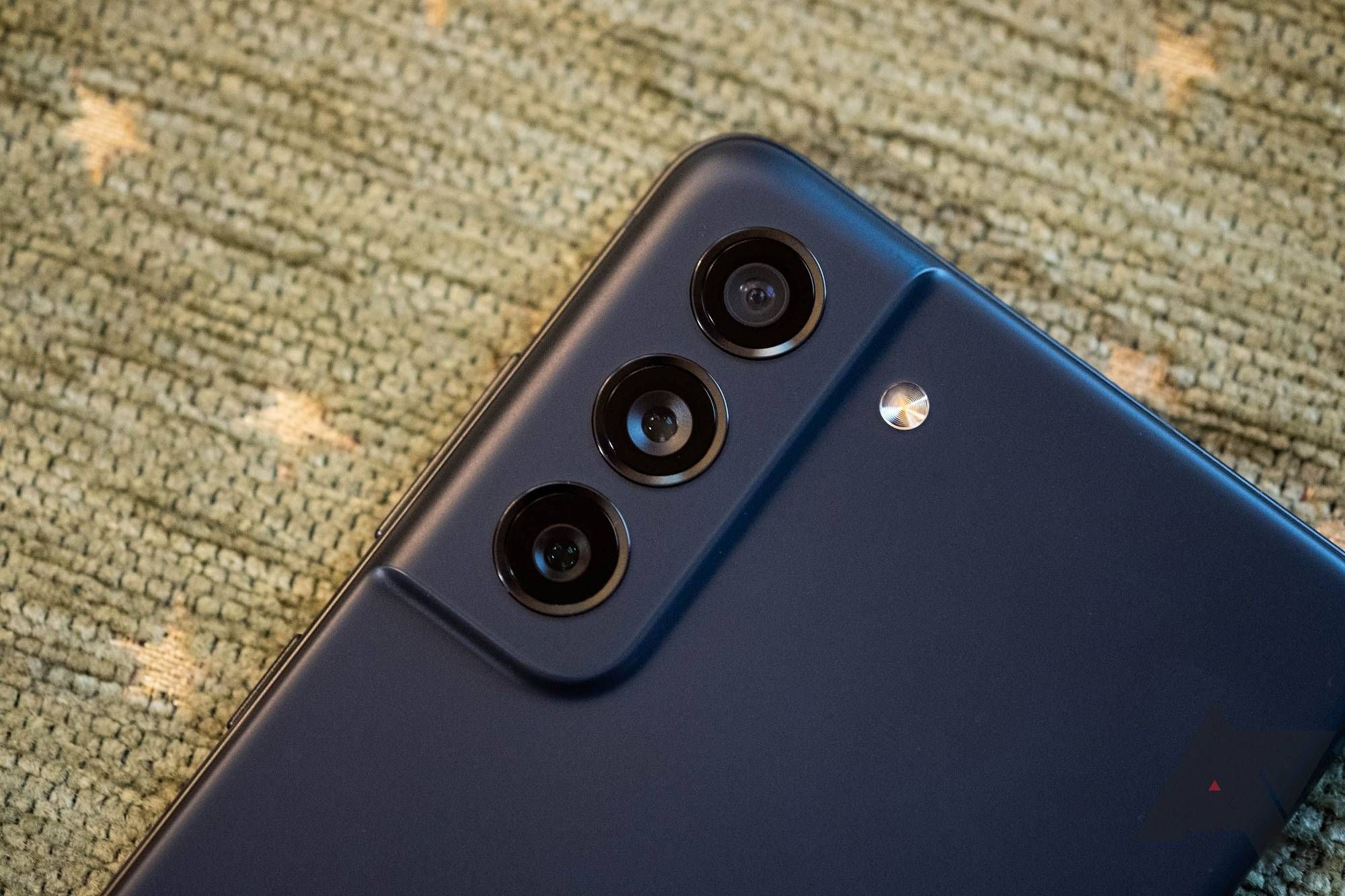If you're like us, you're always drooling over whatever gadget is on the horizon. Sure, you could look at older hardware or consider holding onto your current device for another few months. Still, when every review praises whatever phone Samsung or Google just launched, keeping your wallet in your pocket can be tough. But smartphones are more expensive than ever before, and with inflation on every consumer's mind, it's only natural to wonder whether a new flagship is worth the cash, leaving you with a couple of options to consider
The budget space can seem alluring if you want to save money on your next phone. Sub-$500 devices have become really good over the past few years, but they aren't the only choice. Deciding between the two can be tough, with older flagships offered at steep discounts. Let's look at a few personal preferences that can help you decide if you're better off with a cheap new release or something a little older and, potentially, more powerful.
The Google Pixel 7a uses plastic backplates like its predecessor.
New budget vs. old flagship: Plastic or glass blackplate
A smartphone's design serves as its first impression, and this is where older flagships shine their brightest. Although this isn't true across the board, budget phones tend to use plastic in their build rather than the glass-and-metal combinations usually seen on more expensive hardware. For example, the entire Samsung Galaxy S23 lineup uses strengthened glass backplates, while the Google Pixel 7a relies on plastic.
Having a plastic back doesn't always mean poor quality, since plastic can usually sustain a fall better than glass. Still, depending on the quality of materials used, it can miss out on that premium feel often associated with flagships. Not to mention, it's more susceptible to scratches. And if a budget phone comes with a glass back, in many cases, it swaps the aluminum frame for a plastic one.
If you're looking for our opinion, plastic backs are completely usable, especially if you plan to buy a case to protect it from cosmetic damage. Aluminum frames make a difference in rigidity; just compare the Pixel 7a's solid feel to its predecessor. If you're between two mid-range phones combining plastic and aluminum versus glass and plastic, go with the former every time.
Another difference between a flagship and a mid-range phone is the front display glass. The newer Gorilla Glass Victus series is usually reserved for premium phones, but you'll find budget phones using the older Gorilla Glass 5 or even Gorilla Glass 3 as display protection. That said, not everyone is a fan of Victus. Although it's more shatter resistant, it's also prone to picking up micro-scratches in your pocket. And none of this matters if you keep your phone inside a case and use a screen protector.
Water resistance is an area where mid-rangers have caught up with flagships. From the third-generation iPhone SE to the Samsung Galaxy A54 5G, many budget phones now have an IP (Ingress Protection) rating, promising good-to-great protection against water damage.
Ultimately, this comes down to personal preference. While it's hard to argue about how good the Galaxy S23 Ultra feels in your hand, most customers slap rubber cases on their smartphones. And at that point, who cares what materials are underneath?
Winner: Old flagship (but it's close)
New budget vs. old flagship: Displays
One big way premium smartphones set themselves apart from their budget siblings is their displays. The differentiating factor used to be super-sharp QHD displays. Now, it's a variable refresh rate. Flagships have moved on to LTPO panels, some of which can dial down to as low as 1Hz.
Apart from battery life gains, we'd argue that variable refresh rate has little impact on how a person uses their phone. You will experience the same fluid animations even on a mid-ranger that constantly runs at 120Hz. A handful of cheaper budget phones, such as the Pixel 6a and the iPhone SE, still have 60Hz displays. But Google stepped things up with its most recent A-series device.
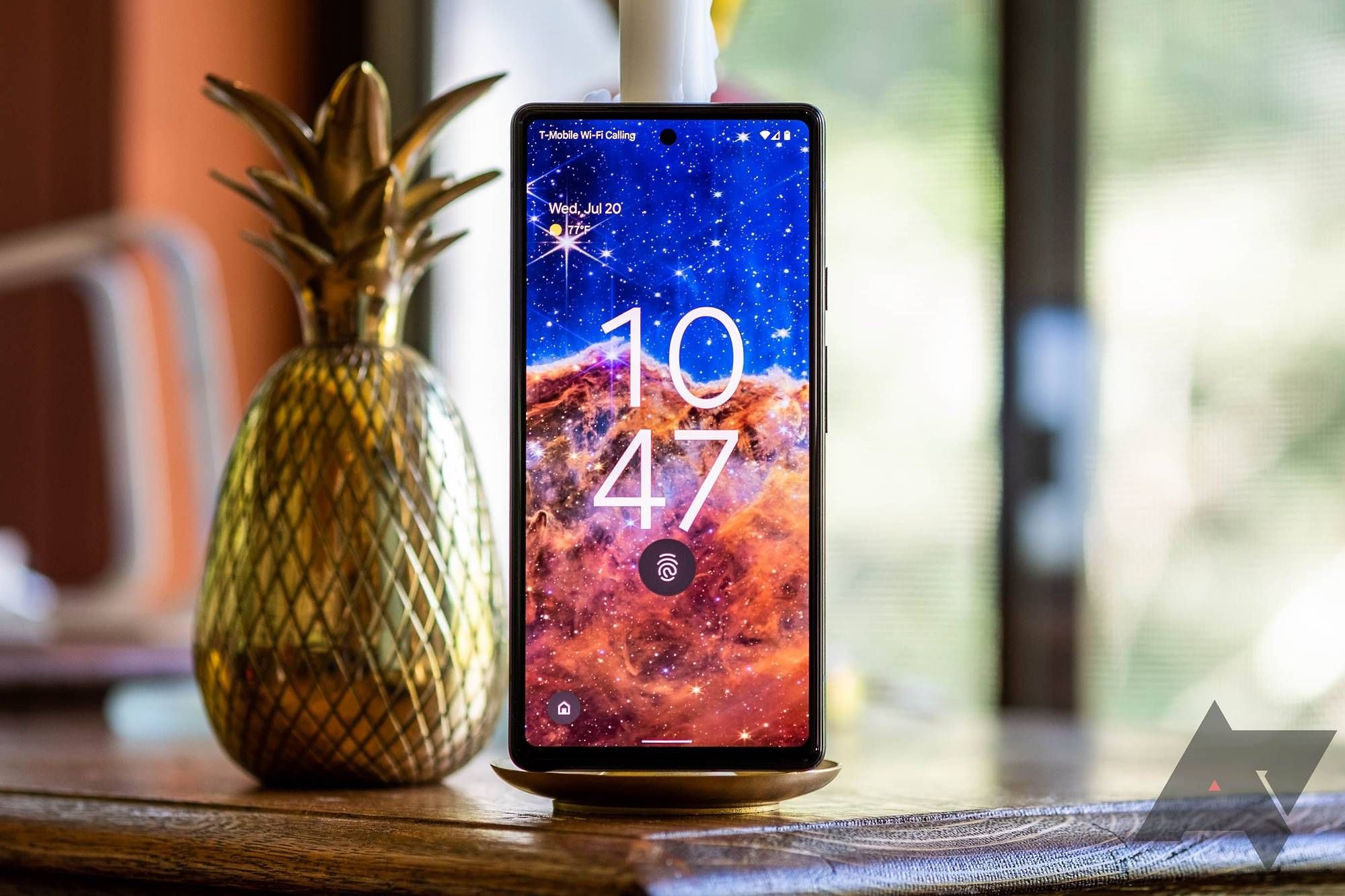
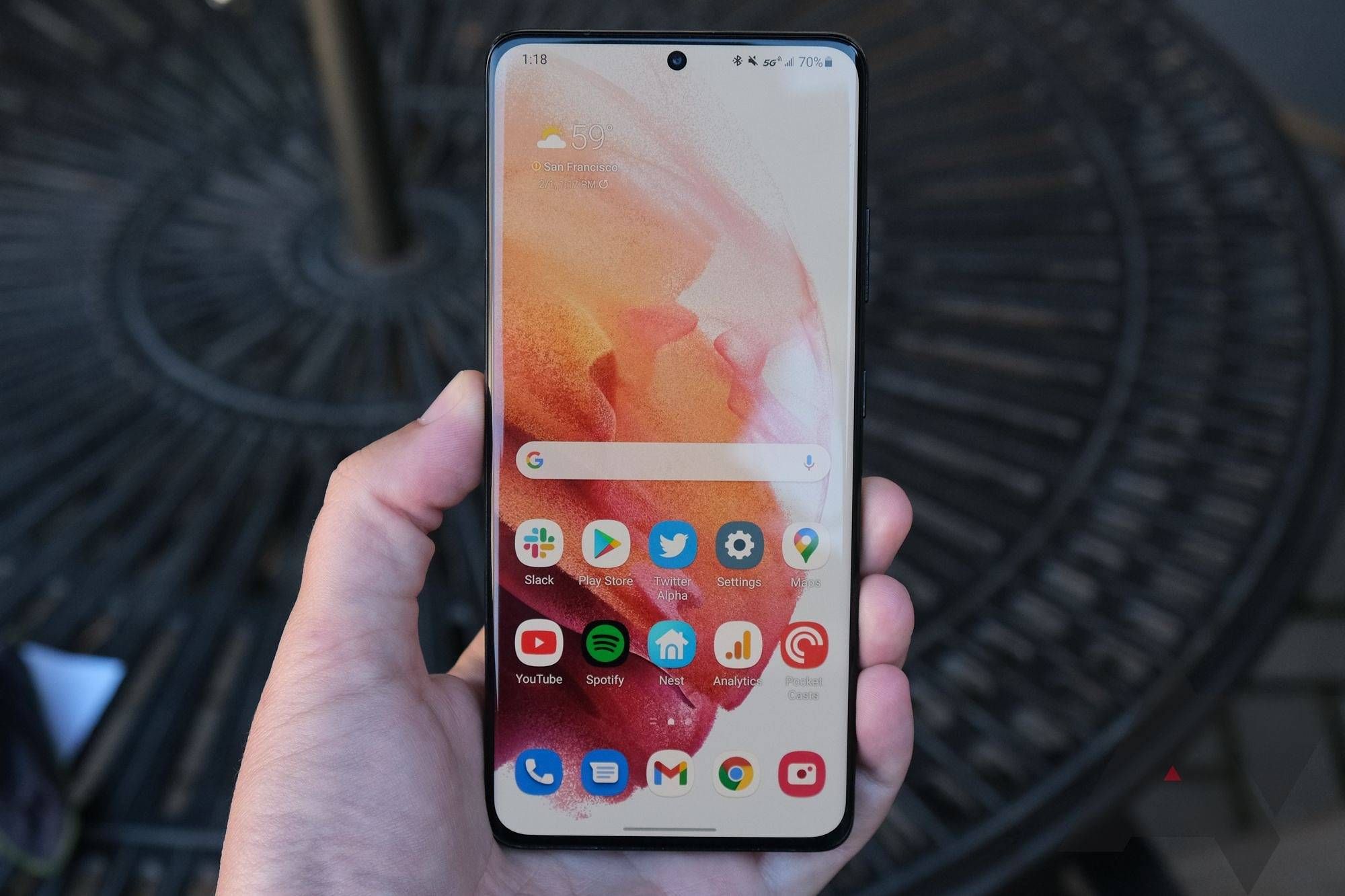
Left: Google Pixel 6a, Right: Samsung Galaxy S21 Ultra.
All that said, not all screens are created equal. Take the Pixel 7a and its more expensive counterpart, the Pixel 7. Although the 90Hz 1080p screens might seem identical in all ways but size, the 7a's panel is noticeably worse than what you'll find on last year's phone, with rainbow artifacts often appearing at off-angle viewpoints. And with prices between the two often within spitting distance of each other, it often makes sense to pick up the older model.
In the last couple of years, brands have started reserving QHD displays for their ultra-premium models — the likes of the Galaxy S23 Ultra — leaving the 1080p resolution for other flagships and budget phones. Unless you can't live without a super high pixel density display, you will be just fine with anything close to 400 PPI, which has now become a norm across price ranges.
But there's one more area where flagships tend to be ahead of the curve: brightness. We've seen the top-of-the-line phones from Samsung go over 1500 nits at their peak, while budget phones tend to hover between 1000 and 1200 nits or less. Yes, more nits make a difference when outdoors and watching HDR content, but does that mean a mid-range phone will be unusable? Definitely not.
It's about the overall panel quality, not one individual aspect on its own. And as such, older flagships win out here. Not because they're always superior to their mid-range counterparts, but because you can almost always rely on them to nail the basics.
Winner: Old flagship
New budget vs. old flagship: Cameras and image processing
It shouldn't be surprising that higher-end phones always have an edge over cheaper offerings regarding image quality and camera features. For example, the Google Pixel 7 Pro has a 50MP primary sensor alongside an upgraded ultrawide and telephoto camera, while the Pixel 7a makes do with a 64MP camera paired with a narrower ultrawide lens. And yes, that might make the Pixel 7a sound like the better option (higher numbers are better, right?), but the sensor is much smaller.
That said, tech specs don't tell you everything. Although the Pixel 7 Pro is a more flexible camera than the Pixel 7a, Google's approach to computational photography means its output is nothing to bat an eye at — it even looks like a Pixel image when placed back to back.
But Google is an outlier. There's no denying that mid-range phones have come a long way in terms of their camera performance, especially for photos taken in well-lit conditions. But it's also true that even a year-old flagship can easily wipe the floor with a budget phone if you consider more challenging situations like night photography.
Winner: Old Flagship
New budget vs. old flagship: SoC, RAM, and Storage
Flagship processors have peaked. A fitting example is Apple recycling its year-old A15 processor for its non-Pro iPhone 14 models. Likewise, the jump from Qualcomm's Snapdragon 8+ Gen 1 to the Snapdragon 8 Gen 2 kept performance levels similar while boosting its ability to manage various other tasks, including those associated with AI. While some budget phones share the same processor as their pricier siblings — the Pixel 6a and Pixel 7a, the Galaxy S21 FE, and the iPhone SE, to name a few — most offerings use lower-tier chips that lack the same oomph.
These processors — think Snapdragon's 6- and 7-series — are fantastic for your everyday apps but tend to fall short on graphics, mainly affecting gaming. They also lack the same level of headroom as an 8-series processor from Qualcomm to keep your phone snappy after multiple years.
Meanwhile, RAM and storage space aren't a problem anymore, as modern mid-rangers are generous in these areas and adopt faster RAM and storage rather quickly.
It's worth paying attention to which chipset is used in older phones. For instance, the Snapdragon 8+ Gen 1 remains a fantastic offering a year after it arrived on the scene. However, despite its similar name, the older Snapdragon 8 Gen 1 was known to face thermal issues and battery drain. Make sure you check out reviews before buying an older phone.
Winner: Tie
New budget vs. old flagship: Android updates and security patches
This one's a complex issue. Previously, Android flagships were likely the only phones you'd find on the market with extended software support. But thanks to the actions of a handful of brands — most notably Samsung — extended update policies are coming to devices at all price points. However, you'll need to keep an eye out for specific brands on this one.
Samsung and Google excel here. Samsung offers four major OS upgrades alongside five years of security patches for recent flagships and A-series phones. Google has used the same three OS bumps and five years of patches policy for every Tensor-powered Pixel. That means the only difference between the Pixel 7a and the older Pixel 7 is a few months of security patches, as both will top out on Android 16.
While Google updates its devices all simultaneously, Samsung's roster is broader, and as such, flagship phones usually take priority over older and cheaper phones. So, for example, when One UI 6 rolls out later this year, it's likely to arrive on the company's latest foldables and the S23 series before making its way to other devices.
That's to say nothing of smaller brands, including OnePlus and Motorola. Both companies have rolled out new update policies in the past year, but they only apply to recent flagships like the 2023 Moto Edge+ or OnePlus 11. You'll have to deal with less support if you're buying Moto's G-series phones or the OnePlus Nord N300.
We're giving this one to flagship phones, only because most recent flagships from the past several years have fallen under these improved update policies.
Android 13 on a Pixel
Winner: Old flagship
Budget vs. Old flagship: Battery life and charging speeds
Lower-end processors on budget phones are tuned for better power efficiency, and using an FHD panel (over a QHD one) is even better. Budget phones tend to last longer between charges due to their more manageable power and display needs.
That's important because some brands reserve fast PD (Power Delivery) charging speeds for their pricier phones, leaving budget phones with comparatively slower recharges. For instance, the Pixel 7a and the Galaxy A54 charge at 18W and 25W, respectively, but some Moto G series phones are even worse and can take only a 10W adapter.
Brands like OnePlus continue to provide chargers in the box.
As more brands do away with including chargers in the box with flagships, some budget and mid-range phones still come with a bundled adapter. So, for example, if you pick up a OnePlus 11, the company throws in an 80W adapter in the box at no extra cost. That said, flagship phones almost universally come with fast wireless charging, something rare on cheaper Android phones. Pick your poison, but we're going with budget phones here.
Winner: New budget phone
New budget vs. old flagship: Which should you buy?
We've praised the "bang for your buck" that older flagships can deliver, but there's one thing we haven't considered: your budget. When choosing between an old flagship and a new budget phone, you want the best value for your money.
With a budget of under $400, getting a new mid-range device makes more sense, which will offer a more modern package without breaking the bank. It won't get the additional benefits of a premium phone, but an older flagship at this price is probably too dated to pique your interest. Still, phones like the Galaxy A54 or Pixel 7a have complicated things, as they've come closer to the experience of their flagship counterparts while maintaining a sub-$500 price point.
If you're wondering whether it's for you, an affordable mid-ranger is a perfect fit for someone who doesn't care much for a flagship's extra conveniences (for example, longer software support and wireless charging) and doesn't mind losing out on gaming performance.
If you're eyeing an old flagship for a better camera and device performance, you'll have to spare around $600 (or more for something like the Galaxy S22 Ultra). With this kind of budget, you can get the previous year's premium phone, which will be as good as the current flagship. Since high-end phones are getting only iterative updates year after year, you won't be missing out on a lot. Phones like the Pixel 7 and OnePlus 11 can also be found in this space at new prices, which could make for a good compromise between older flagships and newer budget releases.
As a general rule, don't go for anything older than a year, especially in the Android world. Doing so would mean your "new" phone would be closer to its typical end-of-life, and software updates would also become infrequent sooner rather than later.
Another option is to think about going with a used phone for your next smartphone. It's a good choice for your budget and for the environment.

.JPG)
